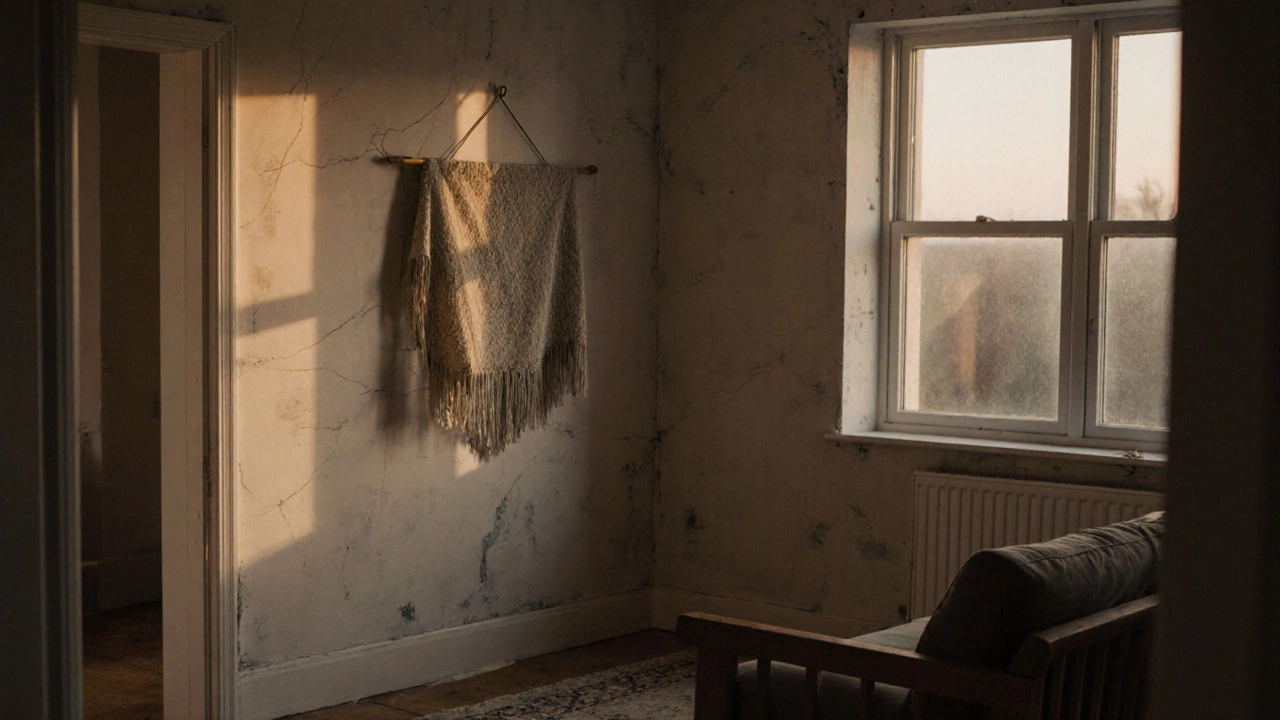Plaster Drying Time: How Long It Really Takes and What Affects It
When you’re working with plaster, a mixture of lime, gypsum, or cement used to coat interior walls and ceilings. Also known as wall plaster, it’s one of the most common finishes in UK homes, especially in older properties and renovations. But if you rush it, you’ll end up with cracks, peeling, or mold — and no one wants that.
The plaster drying time isn’t fixed. It’s not just a matter of waiting 24 hours and painting over it. Humidity, room temperature, thickness of the coat, and even the type of plaster all change the clock. For example, gypsum plaster — the kind most used indoors — can feel dry to the touch in 2 to 4 hours, but it takes 3 to 7 days to fully cure. If you paint too soon, moisture gets trapped, and the paint bubbles or peels off. That’s not a repair job — that’s a redo.
Then there’s wall plaster, the layer applied directly to brick, block, or lath. This one dries slower because it’s thicker and absorbs moisture from the substrate. In a cold, damp basement, it might take over a week. In a warm, well-ventilated room, it could be ready in 3 days. You can’t guess. You have to check. Press your finger gently against the surface. If it leaves a mark or feels cool, it’s still wet. If it’s firm and room-temperature, you’re good to go.
And don’t forget the plaster set time, the period when the material hardens from a paste into a solid. This happens before drying — usually within 1 to 3 hours. Set time is when the plaster loses its workability. Drying time is when it loses moisture. Mixing them up is why so many DIYers ruin their finishes. Set time tells you when to stop smoothing. Drying time tells you when to start painting.
Some people try to speed things up with heaters or fans. That’s risky. Blowing hot air directly on fresh plaster can cause it to dry unevenly, leading to hairline cracks. Open windows help — if the outside air isn’t humid. A gentle breeze across the room is better than a fan pointed at the wall. And never seal off a room after plastering. You need airflow to carry moisture away.
What about different types? Sand and cement plaster — common on exterior walls or wet rooms — takes longer than gypsum. It can need up to 14 days to dry fully. Lime plaster, often used in heritage homes, dries even slower — sometimes 3 weeks — but it’s breathable, which helps prevent damp. If you’re working with any of these, check the manufacturer’s guide. Don’t assume all plaster behaves the same.
Here’s the bottom line: patience pays. Rushing plaster drying leads to expensive mistakes. Whether you’re repointing an old cottage or putting up new drywall, the right drying time isn’t a suggestion — it’s a rule. Get it right, and your walls will look smooth for years. Get it wrong, and you’re back to square one.
Below, you’ll find real-world guides, tips from pros, and common pitfalls — all pulled from actual jobs done across the UK. No fluff. Just what works.

Why Can't You Decorate a New Build Right Away?
Oct 28, 2025, Posted by Damon Blackwood
New builds need time to settle, dry, and stabilize. Decorating too soon can crack walls, ruin paint, and void your warranty. Wait six months for the best results.
MORESEARCH HERE
Categories
TAGS
- foundation repair
- construction
- commercial construction
- new builds
- home improvement
- home renovation
- bathroom renovation
- construction materials
- home foundation
- renovation tips
- residential construction
- building types
- contractor
- foundation cracks
- home construction
- construction differences
- kitchen installation
- real estate
- house foundation
- structural integrity